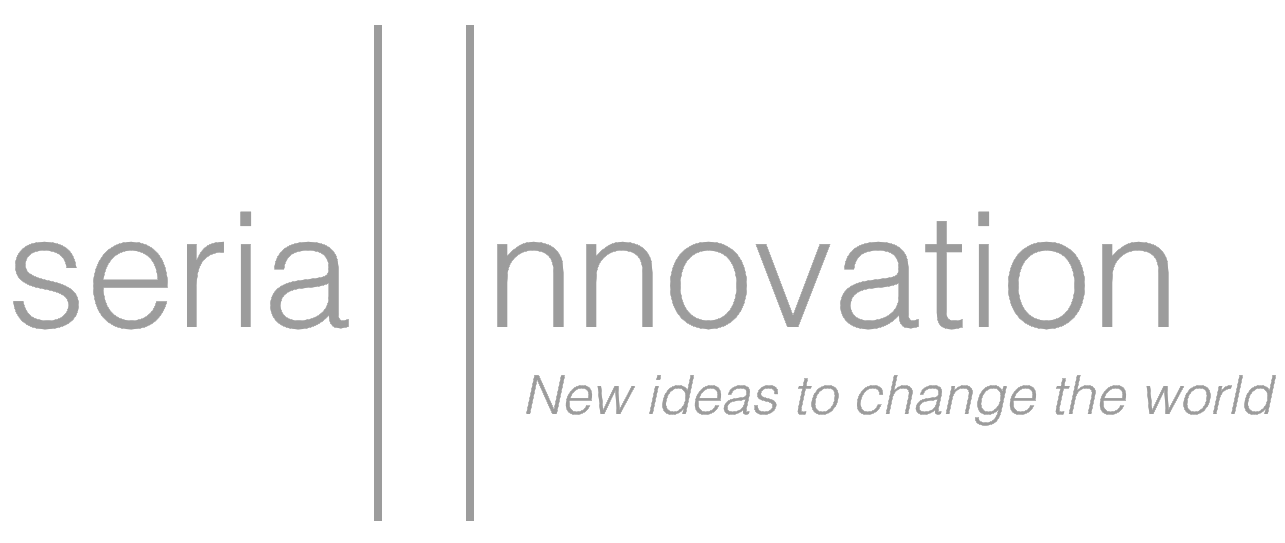Taking ideas from words to working model won't be easy. Challenges are a running feature that challenge the assumptions of select articles. Here are some questions that crossed my mind when writing and editing the piece:
Cite:
What would the Cite program do with a sentence like this:
“That was in middle school, I think—fifteen years ago, or more.”
Maybe you’ll get a bunch of facts about middle school in America, and statistics on 15 years ago?
Or for a sentence like this:
“And sure enough, as you read through the full quote, you find need to drag the highlighted portion, because there’s far more interesting—and somewhat critical—material a little ways down.”
Would it give you information on dragging and reading, and on critical thinking? Maybe you can ask it to pass over sentences like this? And only give you information on proper names? Or, you can ask it to only search based on sentences you highlight. Or, you can ask it to sit tight until you finish a sentence you want more information on and click the button “Research” in the bottom right. Although this might seem too much like a standard search, yes? Well, it’s an option for those who may feel overwhelmed by the hyperactive sidebar; and for those whose work is not always about fact so much as feeling.
Is it smart? Can it read more than just sentences, but also paragraphs and their connections? Probably not initially, but maybe one day. Maybe what the program does is use the “auto-summarize” feature to intelligently boil down your writing to its essence and cross check references against that summary statement.
Could it use social data? Users would need to authorize it and privacy might be an issue—as would the social networks’ own internal data-sharing policies.
Context:
Microsoft would need to do a lot of work to make this software work—and work well:
It would need to be able to discern what information means in a series and how that information is linked together. Aesthetically, Microsoft would need to create intuitive and cleanly-designed graphs that are different: nice looking, but customizable enough to be used in any context without looking cookie-cutter. Most importantly, Microsoft would need to score vast quantities of information and keep that data sourced and continually updated. Good places to start are government institutions like the FDA, USDA, and NASA databases, as well as other public records, university publications, scanned books and periodicals. Another great resource is Wikipedia—particularly the sources and links at the bottom of every article, which undoubtedly point to rich content. Also, Wikipedia’s myriad connections and data-categorization trees may be useful in helping to program data relationships.
Finish:
How would people learn how to use Finish?
If Finish replaces a lot of small administrative tasks, wouldn’t it mean the end of a lot of jobs? Or, rather, would it free up that human talent to be used better?
There’s a real paradox here: if you come to depend on your computer to Finish all of your complicated tasks for you—to, in effect, do 90% of the work—then how can you be expected to be good at the first 10%? Stated another way: the quality of Finish depends on the quality of the person who was showing Finish how to get the work done. But if that person has relied on computers to Finish things, how can that person be expected to navigate and show the program how to Finish those things?
What if it takes more time to “correct” the Finish program, than to actual do the task by yourself?
Just how useful is Finish to the broad range of regular, everyday computer consumers? Because in the past, enterprises really did represent the majority of the computing market—but that’s not even close to true anymore. Most people with computers are just checking Facebook, buying movie tickets, and watching Netflix. Is something like this worthwhile to consumers, and if not, should Microsoft invest so many resources to make it?
Still have questions or thoughts? Let me know what you think: brendan@serialinnovation.org

